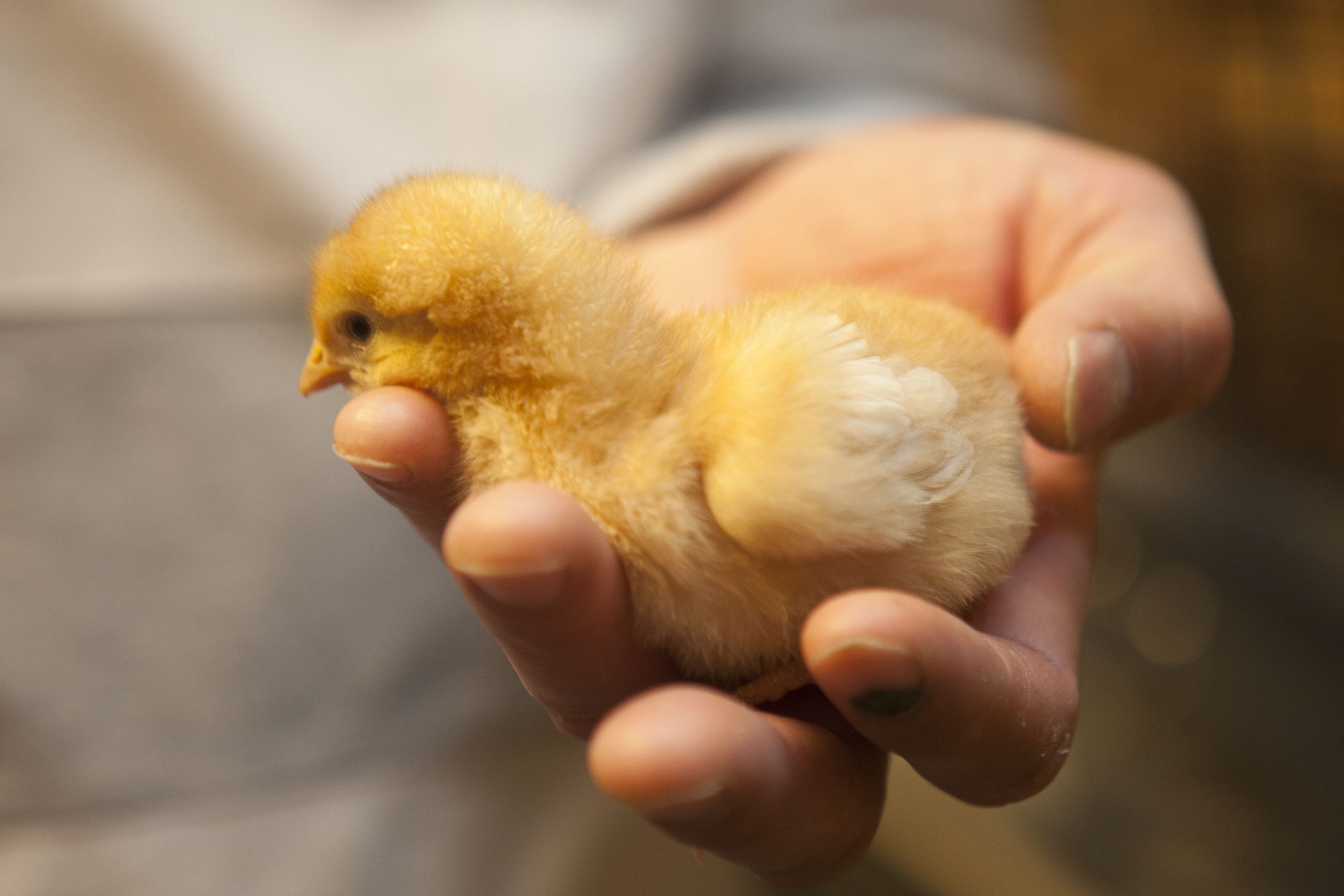Young chicks: Extra vulnerable for mycotoxins

Although a risk at any stage of development, mycotoxins can be particularly devastating to week one chicks unless proper risk management is implemented.
Mycotoxins are a universally acknowledged problem in the rearing industry. Preventative measures are possible, but there is no way to ensure with absolute certainty they do not enter into the agricultural process. Still, acute outbreaks of mycotoxicoses – diseases caused by toxin spore inhalation, ingestion, or skin-contact, ranging in severity – are rare. Despite this, rearers must be on guard; mycotoxins are difficult to detect in week 1 poultry, resulting in a potentially huge blow to productivity.
Why week one chicks are at risk
Week 1 chicks are at a crucial stage with seemingly minor issues having the potential to determine their health prospects in both the short and long term. Development of an active immune system is the central foundation of a healthy bird’s life, and it is exactly that which is at risk from early exposure to mycotoxins. Interference at this stage, even if low-level, can have disastrous results at a later stage. Low mycotoxin doses can combine with environmental stressors, even if they are out of the farmer’s control. This combination can result in invisible losses, with subclinical effects that include:
• Disruption of gut health
• Greater susceptibility to disease
• More serious immune problems in later life
• Further losses to economic performance
Keep up to date: Find out here all you need to know about mycotoxins, regulations for mycotoxins and much more!
Signs of infection
Chicks are particularly vulnerable to nephrotoxins and trichothecenes such as DON and T-2 toxin. At first, the only sign may be reduced feed intake but this can extend to maturation, causing growth problems, immunosuppression, feed refusal, low egg production and poor egg shell quality. Even if the effects aren’t detectable by visual examination, infectious agents are able to compromise the immune system of a chick, rendering them far more susceptible to disease.
What can be done?
These may be the facts, but what are the chances of this affecting you? Annual BIOMIN Mycotoxin Survey reports reveal that, unfortunately, most countries studied are under “severe risk” of contaminated feed in most years, with elevated levels of deoxynivalenol in particular. In the face of a threat that’s challenging to accurately monitor and contain, producers can feel vulnerable. With robust risk management however, safeguards can be put in place. Good husbandry processes, such as controlled irrigation and crop rotation, thwart potential breeding grounds, along with weed control and adequate fertilisation. Due to their diversity, not all mycotoxins can be effectively adsorbed and treated; a successful preparation must therefore manage biotransformation as well.
Conclusion
Mycotoxins can have a devastating effect on week 1 chicks, with little warning. The effects can be difficult to detect, and mycotoxins may not be the apparent cause. Despite this, they pose a threat that every producer should be aware of. With careful planning and the right tools, the risk can be managed, and productivity maintained.











